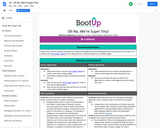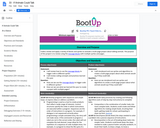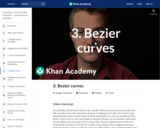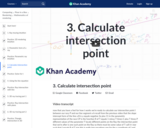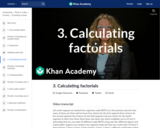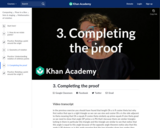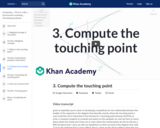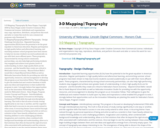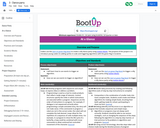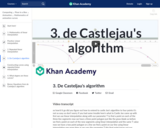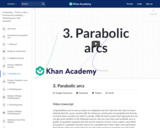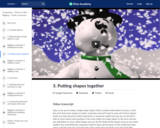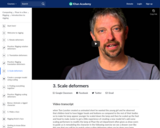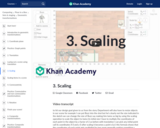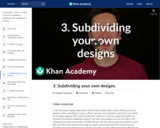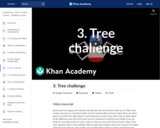3-D Mapping | Topography
By Dana Hoppe, Copyright 2018 by Dana Hoppe under Creative Commons Non-Commercial License. Individuals and organizations may copy, reproduce, distribute, and perform this work and alter or remix this work for non-commercial purposes only.
Download: 3-D_MappingTopography.pdfDelete
Topography - Design Challenge
Introduction - Expanded learning opportunities (ELOs) have the potential to be the great equalizer in American education. Regular participation in high quality before and afterschool learning, and enriching summer school programs have been shown to help low-income students succeed academically on par with their more affluent peers. These programs, characterized by strong school-community partnerships, can also help high-performing students stay engaged and achieve even greater levels of understanding. In short, high-quality ELOs are for everyone - and the benefits they create are critical to Nebraska's future economy. - Beyond School Bells I would like to thank Beyond School Bells as well as Nebraska Innovation Studio for providing me with the opportunity, resources, and encouragement to develop this program as an Innovation Fellow. Their willingness to give the intellectual and creative freedom to build upon my ideas and inspirations is what enabled this program to exist. I strongly believe that opportunities such as the Innovation Fellowship are planting the seeds for Nebraska's future. -Dana Hoppe, Program Creator
Concept and Purpose - Interdisciplinary Learning: This program is focused on developing fundamental STEM skills through interdisciplinary learning. The truth is that all areas of study overlap significantly in one way or another, and the cognitive skills that lead to success in one area surely extend to other areas. A recurring theme I have noticed through my personal experience of being and artist as well as a scientist is that I have heavily utilized my creative thinking abilities to solve challenging problems. Imagination and creativity, when combined with background knowledge and understanding, allow us to find solutions that often lie beyond the rigid structure often associated with mathematics and the sciences. Once we begin to see the overlap between these areas, we begin building bridges between them and new ideas and applications emerge from a formerly empty space. The concept of topography was always interesting to me. The strangeness of being able to discern the shape of the land simply from the distance between a hypnotizing assortment of lines on a flat piece of paper was immediately intriguing. How does this flat sheet of abstract shapes translate to the three-dimensional complexity of a mountain, a valley, or a bluff? Topography is the platform of this program because it is a very versatile concept and can be used to create art and models representing a diverse range of fields. The activities in this program focus on having the students follow processes often found in Computer Science. Every process they complete can be thought of as an algorithm, and when they repeat steps, it can be thought of as a loop. They are also recursively calling the same function on each resulting piece they create, mimicking the concept of dynamic programing. The permutation matrix activities will familiarize students with moving through the data in a matrix and adding data to stacks. While they are doing all of these activities, however, there will be no jargon they have to learn, and they will probably not even realize until they take their first Computer Science course that it is even related. To the students, they will simply be creating art in a new and interesting way.
